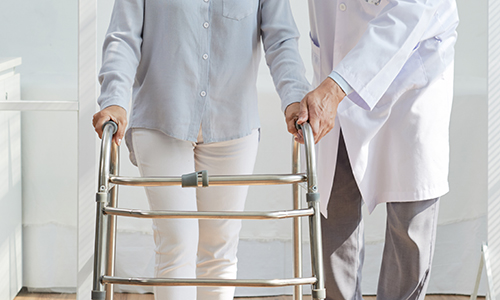A stroke occurs when the supply of blood to the brain is either interrupted or reduced. When this happens, the brain does not get enough oxygen or nutrients, and brain cells start to die. Stroke is one of the leading causes of death around the world, according to WHO in 2012. Once someone survives from stroke, he/she will experience some problems with vision, balancing, breathing, swallowing and sensation. There are three main types of stroke: transient ischemic attack, ischemic stroke, and hemorrhagic stroke. It’s estimated that 87 percent of strokes are ischemic.
Ischemic stroke. An ischemic stroke occurs when a blood clot keeps blood from flowing to your brain. Treatment starts with drugs that break down clots and prevent others from forming.
Hemorrhagic stroke. A hemorrhagic stroke results when a blood vessel in your brain ruptures or breaks, spilling blood into the surrounding tissues. Treatment can begin with drugs given to reduce the pressure in the brain, control overall blood pressure, prevent seizures and prevent sudden constrictions of blood vessels.
The National Stroke Association recommends the FAST method to help identify the warning signs of a stroke:
- Face: When you smile, does one side of your face droop?
- Arms: When you raise both arms, does one arm drift down?
- Speech: Is your speech slurred? Are you having trouble talking?
- Time: If you experience any of these symptoms, call 911 immediately.
Simply practicing the things, you want to get better at can help you recover from most stroke side effect.
Rehabilitation Therapy for Stroke
Thrombolytic therapy. Thrombolytic therapy is the use of drugs to break up or dissolve blood clots, which are the main cause of both heart attacks and stroke. The most commonly used drug for thrombolytic therapy is tissue plasminogen activator (tPA), but other drugs can do the same thing.
Thrombectomy therapy. Thrombectomy (endovascular thrombectomy) is the removal of a thrombus (blood clot) under image guidance. The interventional radiologist will insert a 3 mm plastic tube (called a sheath) into the base of your skull or your groin. They will guide the sheath to the blood clot. There are a number of different techniques for this procedure. The blood clot can be removed using a vacuum to suck the thrombus out, or mechanical equipment to break up the clot, or with clot using saline jets or ultrasound waves.
Under your doctor’s direction, rehabilitation specialists provide a treatment program suited to your needs. Physicians who specialize in rehabilitation are called physiatrists.
- Speech therapy. This helps with any problems producing or understanding speech. Practice, relaxation, and changing communication style can all help.
- Physical therapy This can help a person relearn movement and coordination. It is important to stay active, even if it is difficult at first.
- Occupational therapy. This is used to help a person to improve their ability to carry out routine daily activities, such as bathing, cooking, dressing, eating, reading, and writing.
- Support groups. These help with common mental health problems such as depression that can occur after a stroke. Many find it useful to share common experiences and exchange information.
- Support from friends and family. The people closest to a person should offer practical support and comfort after a stroke. Letting friends and family know what can be done to help is very important. The key to effective stroke rehabilitation at home is to do something every day if the body can tolerate it.

